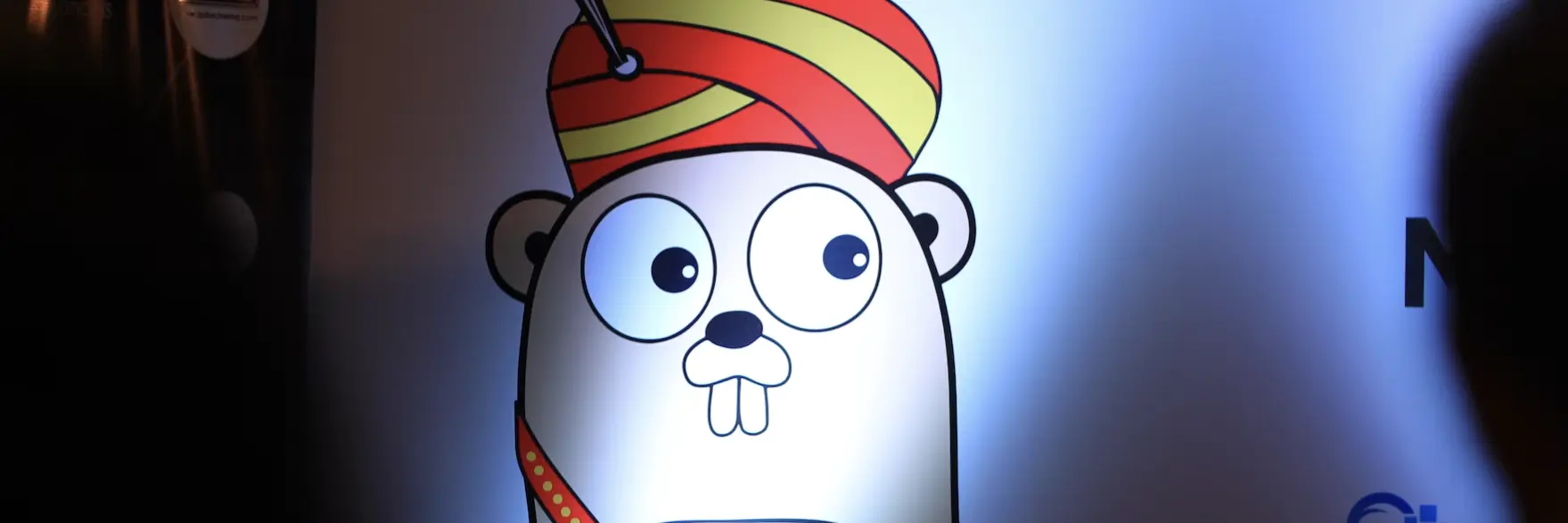📺 YouTube: Suggestions #1

We live in an unprecedented era in which we can learn pretty much anything we want for free (or paying very little depending on how much patience you have with ads).
YouTube is undoubtedly one of the best sources of free content. The only challenge is really to find good channels where you learn stuff and have a good time while doing it.
This is the first issue of a series of posts in which I’m going to recommend three channels with excellent videos.
TechWorld with Nana
| YouTube Channel |
This is my favorite channel for DevOps-related topics. Nana’s didactics and real-world examples help a lot to get to know new topics or deep dive into a specific subject. This 4-hour long k8s full course is just one of many others. Check it out.



